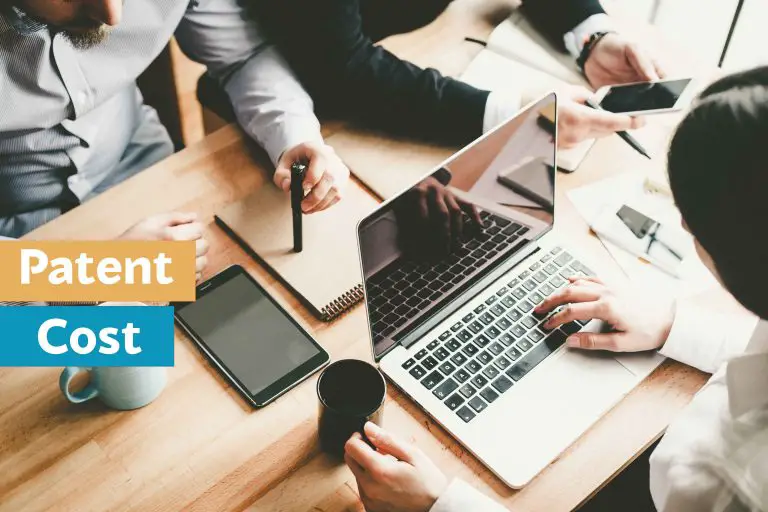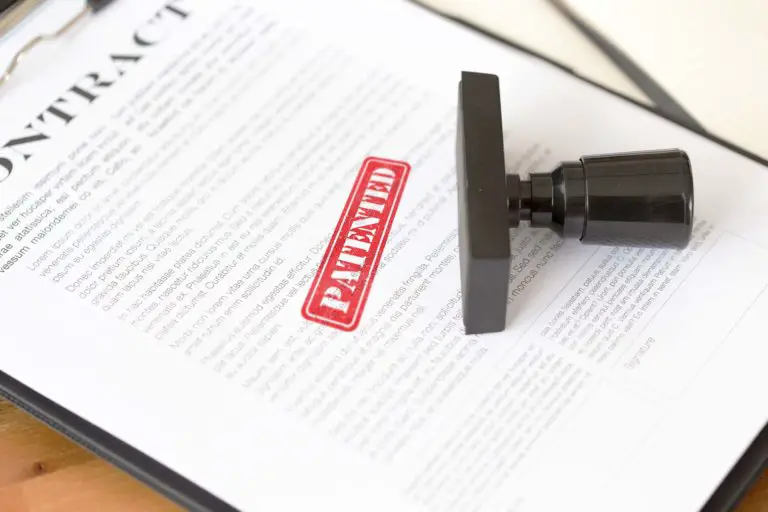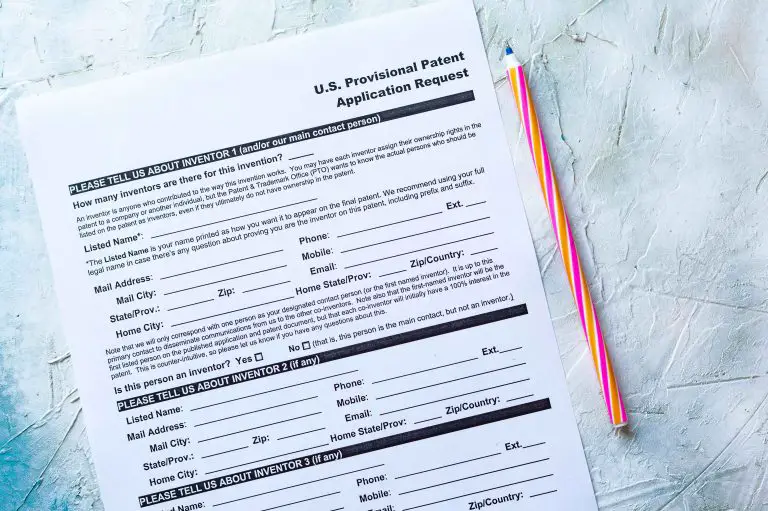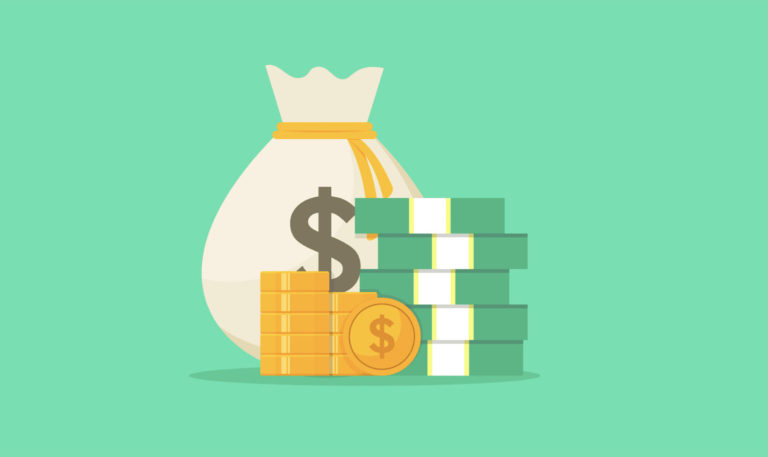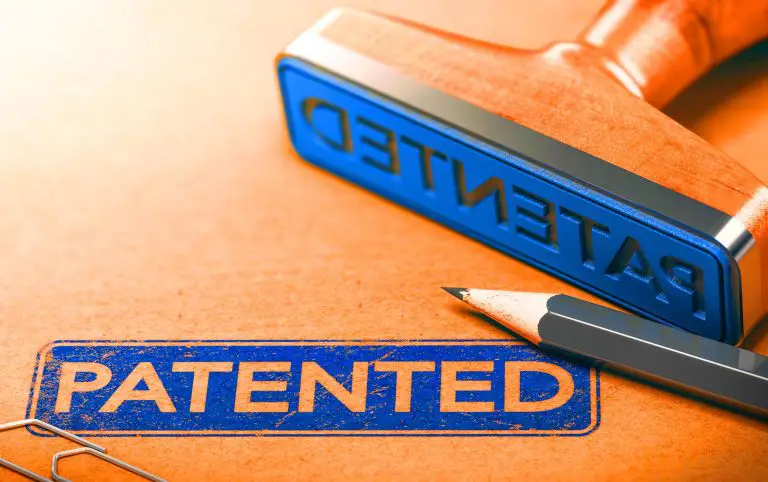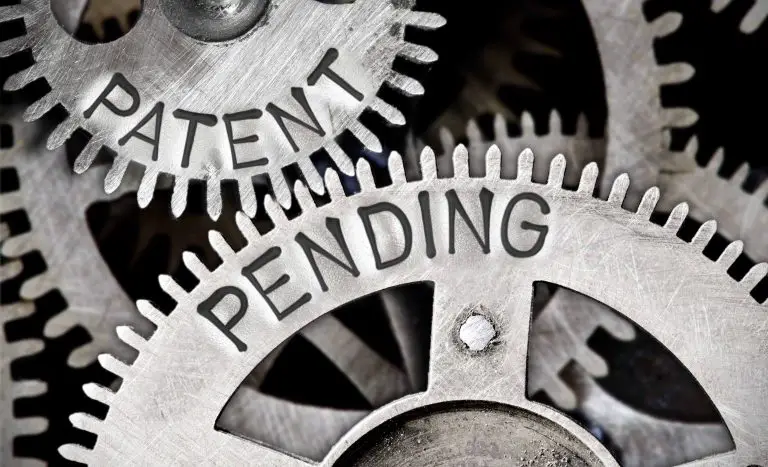Registering a Patent
If you have an idea or an invention that you’re currently working on, you might be wondering how to register a patent with the USPTO to obtain a patent to protect your invention from being used and copied by others. Patents are intellectual property rights that allow an inventor to control who uses, makes, sells, and imports the patented invention for a limited period of time. Utility patents last for 20 years from the filing date of a patent application and design patents last for 15 years from the date the USPTO grants a patent application. So, how do you register a patent with the patent office? We will answer this question below.
What is Registering a Patent?
Registering a patent is the process of preparing a patent application, filing it with the USPTO, and prosecuting it so that an inventor can successfully patent his invention and have the patent office issue an inventor a patent to protect his invention.
How to Register a Patent?
Registering a patent can be done by preparing a patent application for an invention and filing it with the patent office. Once the patent office grants a patent application, a patent will have been registered and an inventor can begin controlling who uses, makes, and sells the invention protected by the patent registration.
To register a patent, an inventor must perform the following steps:
- Choose a patent that’s suitable for the invention you want to register
- Document the Invention you want to Register
- Don’t talk about your invention publicly
- Hire an attorney to assist you with the patent registration process
- Conduct a prior art search
- Prepare a patent application
- File your patent registration application with the patent office
- Check the status of your patent registration
- Patent application is approved
Choose a Patent That’s Suitable For the Invention You Want to Register !
Before applying to register a patent with the USPTO, inventors must choose the appropriate type of patent for their invention. The USPTO currently offers three types of patents that can be registered: (1) utility patent registration, (2) design patent registration, and (3) plant patent registration. We will discuss these three types of patents in more detail below.
Utility Patent Registration
Registering a utility patent protects how an invention works, as well as how it used. Said differently, utility patents protect the functional aspects of an invention. Utility patents last for 20 years from the date an inventor files a patent application with the USPTO.
Design Patent Registration
Registering a design patent protects how an invention looks or the appearance of an invention. Said differently, a design patent protects the aesthetics of an invention. It cannot be used to protect the functional aspects of an invention. Design patents offer 15 years of patent protection.
Plant Patent Registration
Registering a plant patent protects new, asexually reproduced species of plants. Plant patents, like utility patents, offer 20 years of protection. That said, plant patents are the least sought after patent, making up less than one percent of all applied for patents.
Document the Invention you want to Register
To register your invention, you should take notes about how you came up with the idea and the different tasks that you performed to make your invention. Having a well-documented invention makes establishing ownership over your invention easy and establishes that you are indeed the original inventor of the invention.
Having a well-documented invention also makes the life of the attorney who’s assisting you with patenting your invention much easier. Since an attorney may have to spend less time preparing your patent application, this will reduce the attorney fees that you pay.
So, while taking notes is time-consuming, it will make patenting and registering your invention with the USPTO much easier.
Don’t Talk About Your Invention Publicly
If you have an invention that you want to register and patent in the US and abroad, you should not disclose your invention to the public. The United States offers inventors a 12 month grace period during which to patent an invention after disclosing it. Other countries do not offer such a grace period and any public disclosure of the invention will render the invention unpatentable.
Also, the United States has a first to file rule that grants a patent to the inventor who first files a patent application with the USPTO.
For example, if you make an invention and party B makes the same invention two years later but files a patent application with the patent office before you do, party B will be awarded a patent and you will not even though you made the invention first.
As such, if you have an invention, don’t sit on it for too long because you might miss your opportunity to patent your invention and register it with the USPTO.
Hire an Attorney to Assist you with the Invention Registration Process
Patenting an invention and registering it with the USPTO is a complicated and time-consuming process. To comply with all of the requirements for patenting an invention, inventors should hire an experienced patent attorney. Patent attorneys have the knowledge and legal skills to properly navigate the patent registration process.
Patent attorneys typically charge $5,000 to assist inventors with patenting simple inventions, however, the cost to patent more complex inventions can easily exceed $15,000.
If you don’t have the funds to hire an attorney, consider hiring a patent agent to assist you with patenting and registering your invention with the USPTO.
Conduct a Prior Art Search
Prior to registering and patenting an invention, an inventor or his attorney must conduct a prior art search. Conducting a prior art search entails searching the world wide web, USPTO patent database, international patent bases, and journals or other written materials for inventions that are the same as or similar to the one the inventor is seeking to patent.
Conducting a prior art search is a complicated and time-consuming task that should be performed by an individual who is experienced in performing prior art searches for patenting and registering inventions with the patent office. So, hire someone who has experience performing this type of search before proceeding to prepare a patent application.
Prepare a Patent Application
Preparing a well-written patent application is extremely important because the patent application and patent claims lay out the scope of the invention an inventor is seeking to register and patent with the USPTO.
The broader the patent claims, the more protection and more control an inventor will have over his invention. Said differently, the broader the claims, the broader the control an inventor will have over his invention.
Hiring an attorney to prepare a patent application is not required by the USPTO, however, the patent office strongly recommends that inventors hire an attorney to prepare their patent application because patent law is quite demanding as to the content and preparation of patent applications.
Making even seemingly minor mistakes could cost you a ton of money and time to fix later in the patenting process.
File Your Patent Registration Application with the USPTO
After an inventor prepares his patent registration application, he should then file the application with the USPTO. Filing a patent application in the United States is not free, an inventor must pay a basic filing fee, along with a patent examination fee and a patent search fee. Once the fees are paid, the application goes into a queue until it’s assigned to a patent examiner.
Periodically Check the Status of Your Patent Registration Application
After filing a patent registration application with the patent office, an applicant must periodically check the status of his patent application. Now, we’re not telling you to check the status every 30 minutes, but it’s a good habit to check its status every week to ensure that you respond to the patent office’s request for any additional documents or that changes/amendments be made to your patent registration application.
Patent Application is Approved
After filing your patent application, the patent office may require some changes and/or amendments to your application. If your application is complete and meets the patenting requirements, the patent office will approve your patent registration application and your patent will be granted and issued.
As soon as the patent office grants an inventor’s patent application, an inventor will be able to control who uses, makes, sells, and imports the patented invention to the United States. If anyone wants to use or sell a patent holder’s invention, he must first obtain the patent holder’s express permission to do so.
Filing a Patent Registration Application Without an Attorney
Patenting an invention is a complex process especially for an individual who does not have experience preparing patent applications. Preparing a patent application should only be done by an experienced individual because making even small mistakes could delay the lengthy process of registering and patenting an invention.
Federal US law mandates that the USPTO assist inventors who want to patent their invention on their own, but they also recommend that inventors hire an attorney to assist them with patenting their invention because of the complexity of patent law.
U.S Patent Law is complex and places a lot of requirements on how a patent application must be prepared, as well as the content that must be present in the application for an inventor to patent his invention.
Leaving out information or making mistakes could delay your application and cost you more money down the road to make additions and/or amendments to your patent application. So, hire an attorney and have the job done right from the beginning.
If you cannot afford an attorney, you should explore the option of hiring a patent agent. Patent agents are licensed by the USPTO the same way patent attorneys are licensed by the USPTO and are able to assist inventors with preparing their patent application, filing it with the patent office, and prosecuting it until the patent office grants or rejects the patent registration application.
How Much Does it Cost to Register a Patent?
To register and patent an invention, it costs approximately $5,000 to patent a simple and straightforward invention and $15,000+ to patent more complex inventions. The cost to patent an invention depends mainly on the complexity of your invention, the experience of your attorney, and the geographical location of the attorney assisting you with patenting your invention.
Who Can Register a Patent?
Any inventor of a new invention, machine, process, design, or new plant species can file a patent application with the USPTO to register and patent his invention. As we mentioned above, to register and patent an invention, and inventor must follow the strict rules set forth by US Patent Law to be able to obtain a patent over his invention.
How Long Does it Take to Register a Patent?
According to data from the USPTO, it currently takes 24 months for an inventor to successfully register and obtain a patent. The 24-month patenting period begins the moment an inventor files a patent application with the patent office and lasts until the patent office either grants or denies a patent application.
If an applicant wants to speed up his patent application, he has two options. If an applicant filed a utility patent application, he can speed up his application by requesting to use the USPTO’s Track One services.
Track one promises to process a patent application within 12 months, which is much quicker than the 24 month waiting period for regular applications. That said, an applicant must pay an extra fee to use this service.
If an inventor is applying for a design patent, an applicant also has the option to speed up the process by requesting an expedited review of his design under Rocket Docket.
Rocket docket promises to grant a design patent application within 12 months of an applicant filing his design patent application. That said, some inventors have reported being able to patent their design in as little as four months. Like Track One, an applicant must pay an additional fee to use this service.
How Long Does a Patent Registration Last?
Utility patent registration lasts for 20 years. The 20-year patent term begins the moment an inventor files a regular, nonprovisional patent application with the USPTO. However, for an inventor to keep his utility patent active and in its grant state, he must pay three periodic maintenance fees at 3.5, 7.5, and 11.5 years. Failure to pay any of these maintenance fees will result in the expiration of the utility patent.
Design patents last for 15 years from the date the patent office grants a design patent application. Unlike utility patents, a design patent holder does not need to pay maintenance fees to keep his design patent in its active registration state.
How Many Patents can Inventor Register?
An inventor can register an unlimited number of patents. US Patent law and the USPTO do not place a limit on the number of inventions a patent holder can patent. That said, if an inventor wants to patent multiple inventions, he must file separate patent applications for each invention or design he wants to patent. This can be very costly, but if you have the resources and you know that you can make money from patenting your invention, it might be worth it to spend the time and money patenting them.
Patent Rebel Frequently Asked Questions (FAQs)
1) Do patents have to be registered?
To obtain a patent and register an invention with the USPTO, an inventor must prepare and file a patent application with the patent office. So, yes patents must be registered and approved by the patent office before an inventor becomes a patent holder to benefit from the protection of patent laws.
2) How do I register my patent?
You can register your patent by preparing a patent application, filing it with the USPTO, and prosecuting your patent application. If you are interested in patenting your invention, you should contact an experienced patent attorney in your state for more information on registering your patent.
3) What are the three types of patents I can register?
The patent office offers inventors three types of patents: utility patents, design patents, and plant patents. Utility patents are the most popular patent, followed by design patents and plant patents.
4) Can you register a patent after disclosing your invention?
In the US, you have 12 months to register and file a patent application with the USPTO from the date you publicly disclosed your invention, offered it for sale, or sold it. If an inventor does not file a patent application within the 12 month grace period, his invention will no longer be eligible for a patent. That said, the U.S is lenient and offers a 12 month grace period, other countries are not as lenient as the US and require that no disclosure of the invention has occurred.
5) What does it mean to register a patent?
Registering a patent refers to the process of patenting an invention. Patenting invention requires an applicant to prepare a patent application, file it with the patent office, and prosecutes it until the patent office grants a patent application, thereby granting an inventor a patent over his invention.
6) How do I register a utility / design patent?
The process for registering a design and utility patent is very similar and requires an applicant to prepare and file a patent application with the USPTO. If you have a design or invention that you want to register, please contact an attorney and ask them whether it’s worth it for your specific case.


